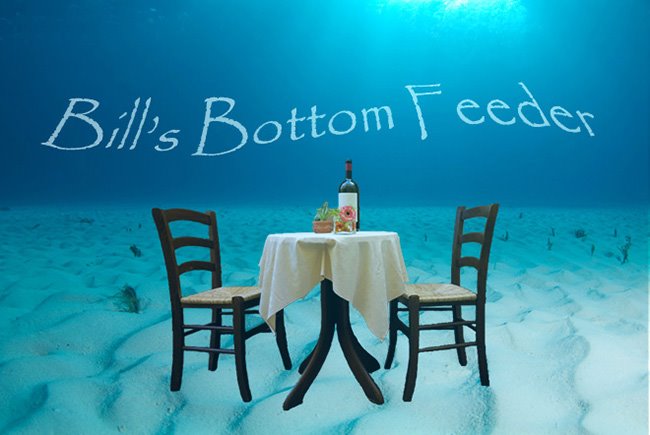Well, I was poised to go back to Blog Objective A, but maybe
“C” trumps (er, maybe overides it). This day marks the 75th
anniversary of the invasion of France at Normandy, normally termed “D Day”
Seems like it is fitting to honor those who gave their life to (ultimately)
turn WWII in favor of the Allies.
Five years ago, MFO and I were part of a tour group to France which included the Normandy region, led by none other than Chef Loic Jaffres.
Looking back, it was a memorable trip, both for food and also the
historical significance.
As with all memorials to solemn pieces of our history, it
was a sobering experience to see the place where so many Americans did the
ultimate sacrifice for our country.
With all the media coverage today, you might have seen a
picture similar to this today on TV:
Depicting the incident of an ally parachute soldier got
entangled on the roof of a church in Ste. Mere Eglise, and they have recreated
the scene. As I recall, the soldier did
not perish and had a story of his own, but he will be memorialized forever on this church and in this town.
There are several memorials honoring the Americans
views of the challenges facing the allied invasion forces at places like Omaha Beach
In the town itself, there are cemeteries for the fallen
With graves marking the final resting places of the soldiers
Some of the museums had dioramas depicting various actions
After experiencing the poignant memories of the invasion, it was time for……
LUNCH!
The town is also for famous for
And the bakery has a restaurant associated with it, with the
typical French custom of presenting the menu in usually lovely handwriting on an exterior chalk board
Inside was welcoming
Being a large group, we all had the same courses, one of
which was Dodine de Saumon. know what that is?
“The recipe of the Dodine Sauce is one of the most ancient in the
history of French cooking. We are first given it in Le Grand Cuisinier de toute
cuisine, which dates from about the year 1350, and there are many recipes for
it in other fourteenth- and fifteenth-century cookery books.”
You should know what the “Champignons
des Sous Bois” is. Anyway it was a
lovely dish
Served of course with the always
delicious French Baguettes
After lunch we “toured” the
bakery shop
It’s nice to dredge up old
memories
Although we were touring, we
were suitably
DFL(unch).
By golly those French do it right!!




























































